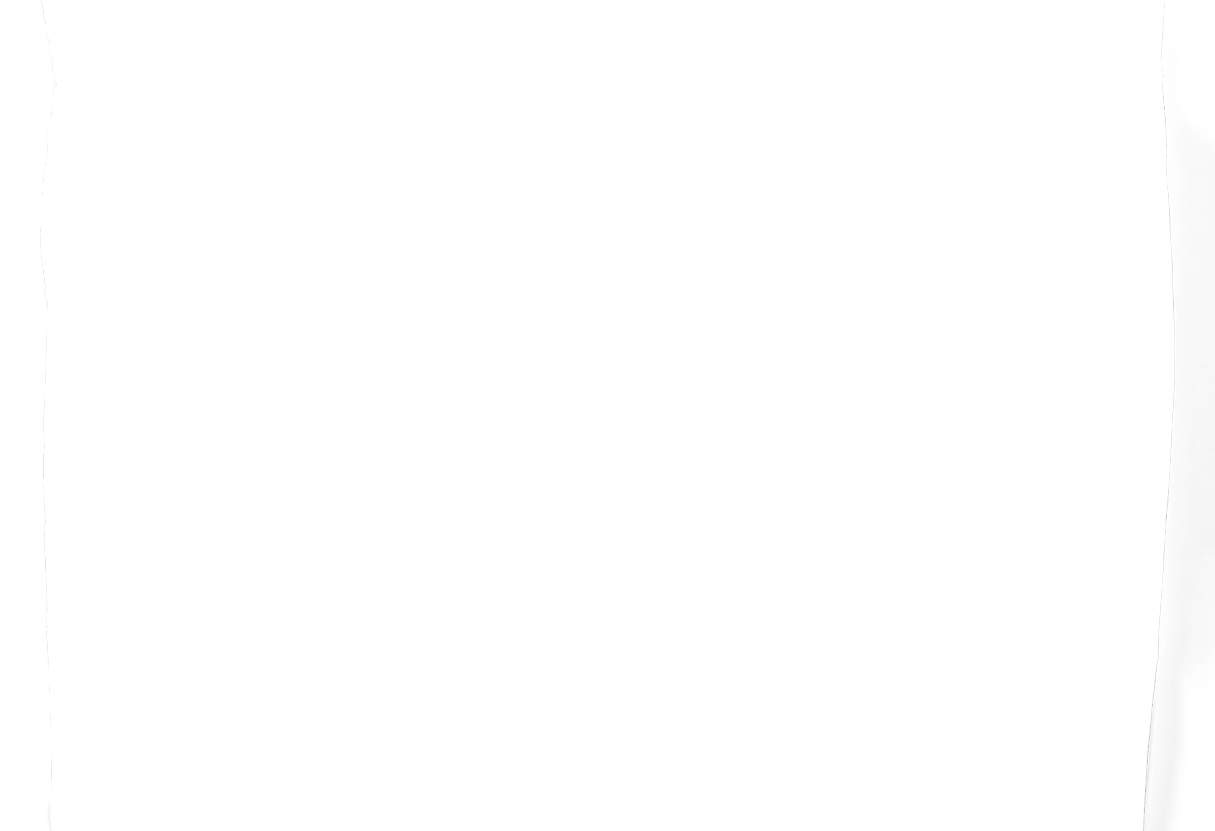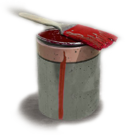The art of calligraphy
Chinese calligraphy has existed for at least 2,300 years. The oldest extant examples are written on the gravestones of kings. By the 3rdcentury at the latest, calligraphy reached Japan and as in China before it became deeply linked with Buddhism and the Zen tradition.
In Zen, someone who gains religious enlightenment is asked by his master to write a poem. This reveals his insight and his actions, it reveals him as a complete person. When a poem is written as calligraphy, it is not only the words which reveal the practitioner, but also the traces of his writing. The formless form of dharma is evident in these traces; the truth as Buddhism understands it is expressed directly and individually.
When we look at the calligraphies of the great masters, we encounter their embodiment of insight, which never stops flowing, just like their calligraphy over the course of their lifetime. Encountering their last calligraphies is a transformative experience. In contrast with painting, in calligraphy there is no possibility for correction. Each sign is written only once. The act of writing is unique and unrepeatable, like our life. This is in keeping with the Japanese saying: a meeting, once and for ever.
»For the Ruhrtriennale I have written calligraphies under special conditions: the brush which I have used was still fresh and did not know my hand, the paper which was available was one I did not know. This represents a great challenge for me, like all deeds in our fleeting lives. All our deeds are art, at the same time calligraphy is a considerable art form. In my view, art is like collecting snow in a silver bowl; carrying snow from the mountain peaks down to the dry spring in the valley.« (Sasaki Gensô Rôshi)
A lecture in the course of the exhibition Snow in a Silver Bowl.









